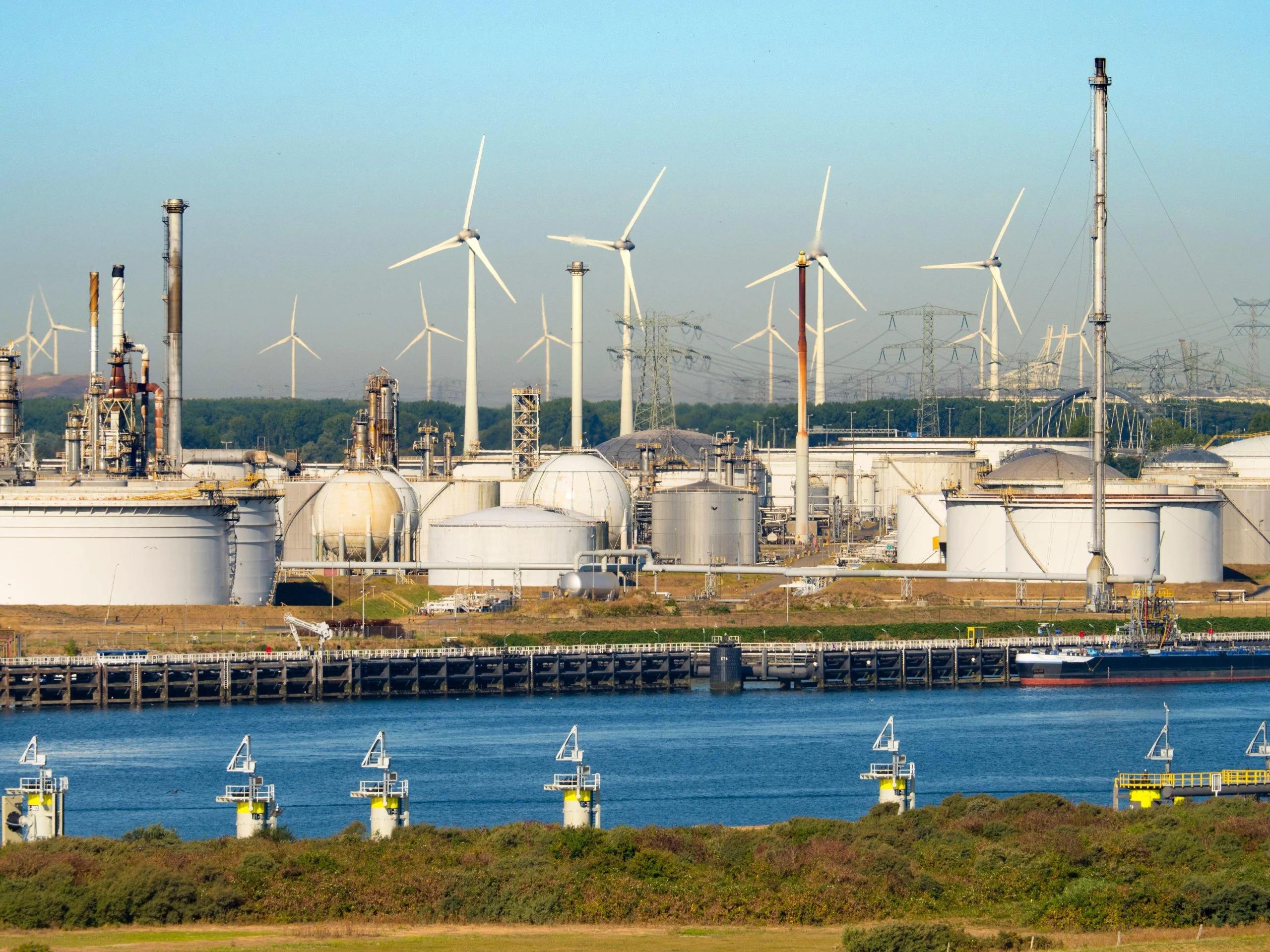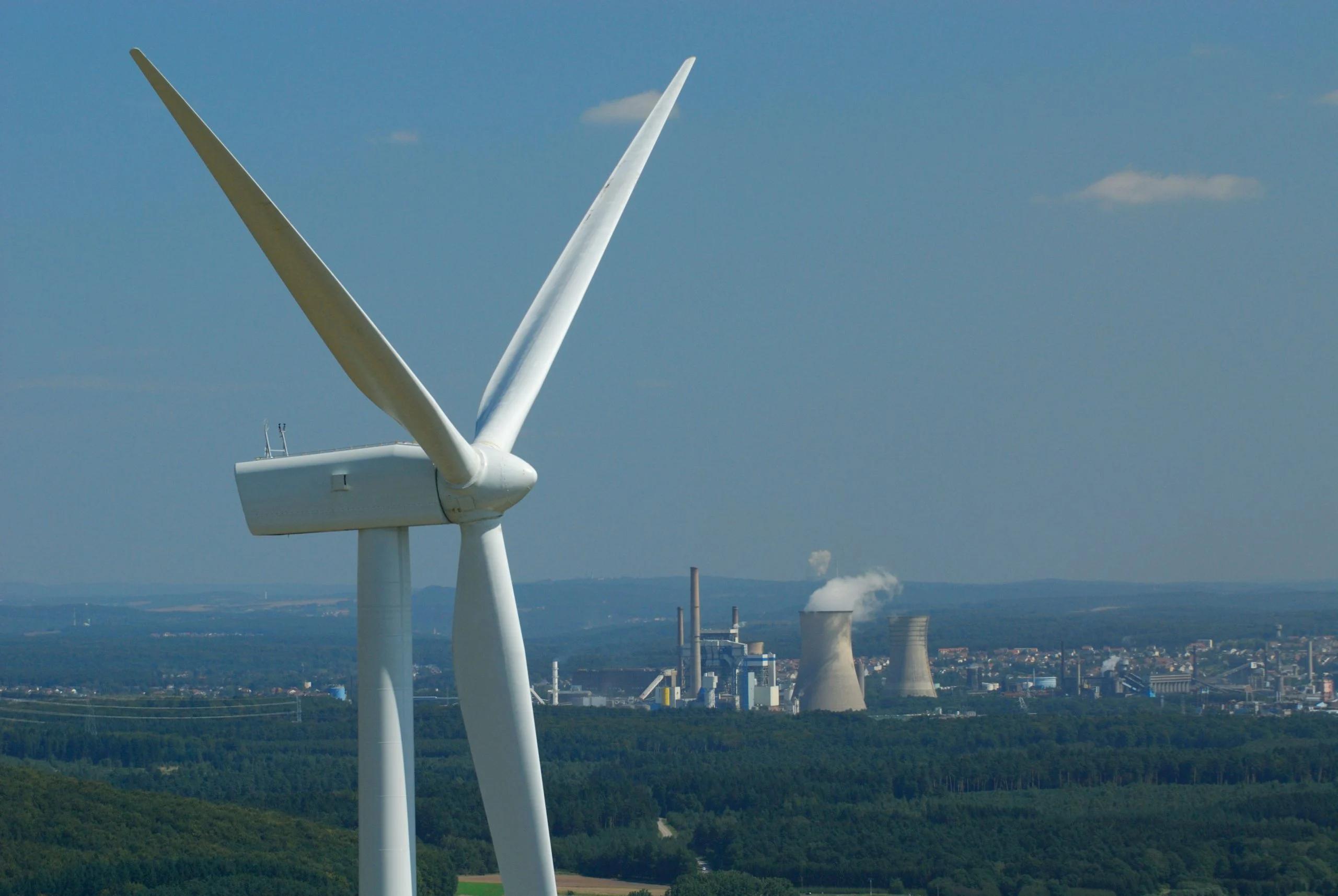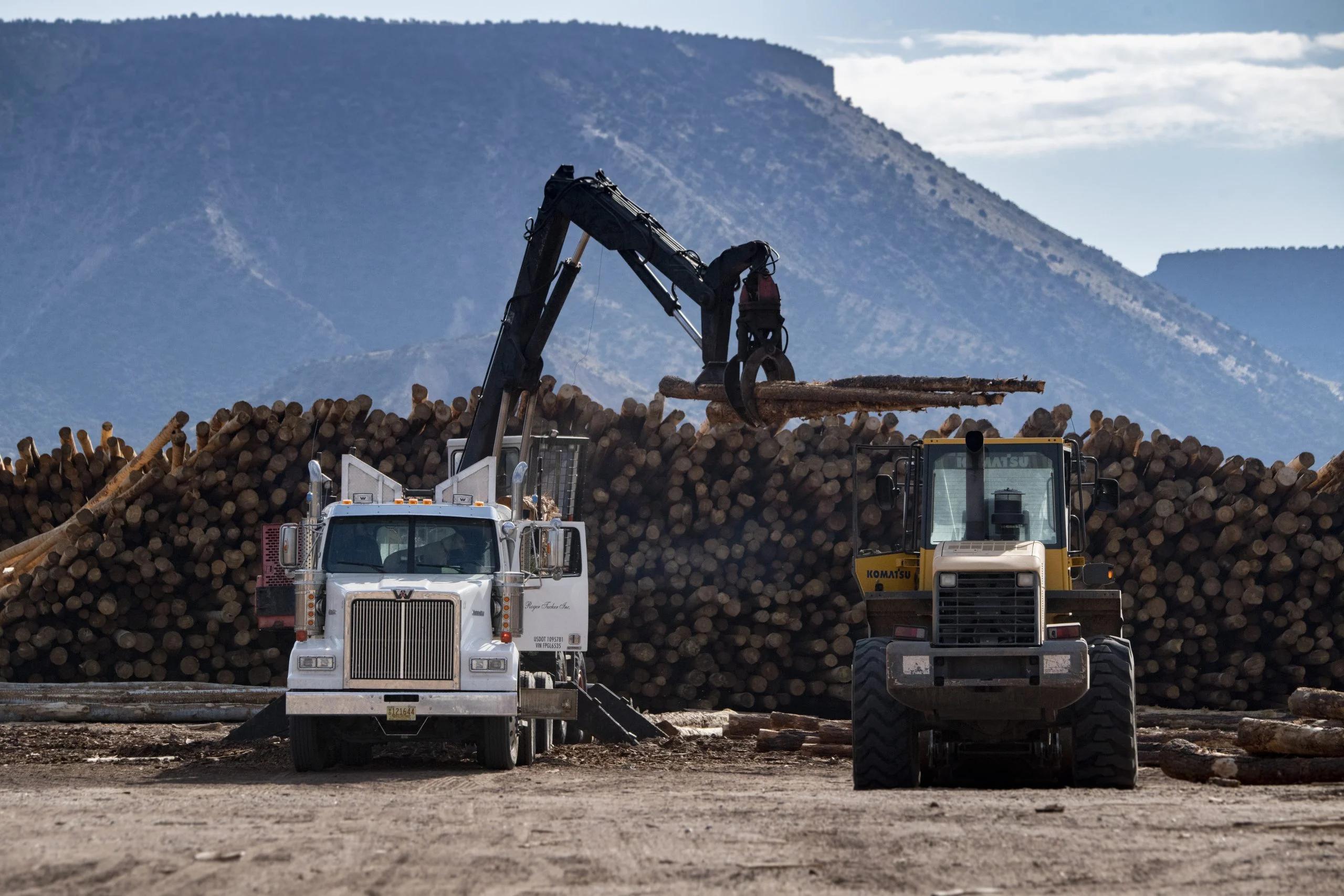Os requisitos financeiros para atingir as metas da NZE da IEA excedem em muito as capacidades atuais de investimento e financiamento disponíveis hoje
Nossas estimativas indicam que a Índia exigirá aproximadamente US $ 293 bilhões em investimentos até 2030 para atingir suas metas de capacidade solar e eólica estabelecidas no NEP14. Essa figura abrange não apenas o desenvolvimento de projetos solares e eólicos (US $ 211 bilhões), mas também é responsável pelos custos essenciais associados ao armazenamento e transmissão necessários para integrar energia renovável (Re) nessa escala expansiva. Isso envolve um investimento extra de aproximadamente US $ 68 bilhões em energia solar, US $ 8 bilhões para o vento, US $ 14 bilhões em armazenamento e US $ 11 bilhões para adições de capacidade de transmissão. Isso eleva o investimento total nesse cenário para cerca de US $ 394 bilhões. Os cálculos para o mesmo podem ser encontrados aqui. Para atender às próximas demandas, a capacidade de financiamento deve aumentar quase três vezes em média durante os próximos 7-8 anos. Esse nível aumentado de comprometimento financeiro é imperativo para facilitar as expansões de capacidade essencial em geração de eletricidade, armazenamento de energia e infraestrutura de transmissão. Categorizado em riscos regulatórios, riscos do projeto e riscos de financiamento. Alguns desses desafios incluem atrasos nos pagamentos, renegociação de acordos de compra de energia (PPAs) e complexidades relacionadas à aquisição de terras. Abordar efetivamente esses fatores de risco e atrair ativamente o investimento, principalmente de fontes estranhas, apesar desses riscos, é fundamental para garantir a implementação bem -sucedida de projetos de energia renovável. Embora muitos projetos da SECI incorporem um mecanismo de segurança de pagamento, o estabelecimento dessa salvaguarda requer capital adicional, geralmente não é considerado na estimativa geral de investimento. Apesar dos esforços persistentes para minimizar os riscos de investimento, a realidade é que os investimentos ainda são imperativos, mesmo na presença desses desafios. Portanto, é essencial explorar e implementar mecanismos eficientes para reduzir ou gerenciar efetivamente esses riscos, garantindo a resiliência e o sucesso de projetos de energia renovável. Financiamento para atingir as emissões líquidas da Agência Internacional de Energia (NZE) (NZE) alvos solares e eólicos. Esse requisito financeiro abrange os custos suplementares associados ao armazenamento e transmissão essenciais para integrar energia renovável (Re) em um nível mais ambicioso. O NEP14 alinha com um mix de geração de capacidade ideal, indicando que o plano representa uma via de menor custo, considerando os aspectos econômicos de cada tecnologia, incluindo solar, vento e várias opções de armazenamento. Ao perseguir objetivos além das metas do NEP14, é crucial reconhecer que se desviar desse plano pode não ser necessariamente a opção de menor custo. Portanto, para manter o custo geral da geração de acordo com a via de menor custo, a disponibilidade de financiamento a taxas favoráveis se torna um fator crítico. Nesse contexto, ter capacidade adicional de carvão além do que é estritamente necessário para atender aos requisitos de pico de energia pode resultar em uma situação de bloqueio. Esse bloqueio tem o potencial de diminuir a relação custo-benefício de expandir o ER além dos objetivos planejados inicialmente. Para mitigar esse risco e evitar bloqueios desnecessários, torna-se crucial garantir financiamento com antecedência.
Now, if India were to build the required solar, wind, transmission and storage capacities to achieve the IEA NZE solar and wind share targets, this would push up the investment requirement by US $101 billion. This involves an extra investment of approximately $68 billion for solar, $8 billion for wind, $14 billion for storage, and $11 billion for transmission capacity additions. This brings the total investment in this scenario to around $394 billion. The calculations for the same can be found here.
Comparatively, the financial landscape for solar and wind in the preceding 8 years, commencing in 2021, witnessed an investment capacity of approximately $75 billion. To meet the upcoming demands, the financing capacity must increase nearly threefold on average during the next 7-8 years. This heightened level of financial commitment is imperative for facilitating essential capacity expansions in electricity generation, energy storage, and transmission infrastructure.
Renewable projects in India face investment risks, which may be a significant barrier to mobilise investment
Despite the recent uptick in investments in solar and wind installations, individual RE projects in India remain exposed to substantial risks; categorised into regulatory risks, project risks, and financing risks. Some of these challenges include payment delays, renegotiation of Power Purchase Agreements (PPAs), and complexities related to land acquisition. Effectively addressing these risk factors and actively attracting investment, particularly from foreign sources despite these risks, is pivotal for ensuring the successful implementation of renewable energy projects.
Certain risks, such as payment delays and subsequent requests to renegotiate Power Purchase Agreements (PPAs), emerge from systemic challenges linked to prolonged cost recovery issues that demand extensive reforms over the span of decades to rectify. While many SECI projects incorporate a payment security mechanism, establishing this safeguard requires additional capital, often not factored into the overall investment estimate. Despite persistent efforts to minimise investment risks, the reality is that investments are still imperative, even in the presence of these challenges. Therefore, it is essential to explore and implement efficient mechanisms to effectively reduce or manage these risks, ensuring the resilience and success of renewable energy projects.
India will need to have access to substantially more financing capacity and at a competitive rate of financing, in a time bound manner to set solar and wind targets that are in line with the IEA NZE pathway.
India will need an additional $96 billion in financing to achieve the International Energy Agency’s (IEA) Net-Zero Emissions (NZE) solar and wind targets. This financial requirement encompasses the supplementary costs associated with storage and transmission essential for integrating renewable energy (RE) at a more ambitious level.
It is imperative that this financing is secured at competitive rates to ensure the economic viability of the ambitious targets. NEP14 aligns with an optimal capacity generation mix, indicating that the plan represents a least-cost pathway, considering the economic aspects of each technology, including solar, wind, and various storage options. While pursuing goals beyond the NEP14 targets, it’s crucial to recognize that deviating from this plan may not necessarily be the least-cost option. Therefore, to maintain the overall cost of generation in line with the least-cost pathway, the availability of financing at favourable rates becomes a critical factor.
Another thing to note here is that the estimates in this analysis do not include the costs of early decommissioning of coal power plants in India, a particularly pertinent consideration in a scenario where the anticipated increase in renewable energy (RE) is expected to displace generation from coal. In this context, having additional coal capacity beyond what is strictly necessary to meet peak power requirements could result in a lock-in situation. This lock-in has the potential to diminish the cost-effectiveness of expanding RE beyond the initially planned targets.To mitigate this risk and avoid unnecessary lock-ins, it becomes crucial to secure financing well in advance.
No geral, enquanto as metas nacionais existentes da Índia triplicarão sua capacidade renovável até 2030, alinhando -se com o caminho triplo da IEA NZE, exigirá a construção de capacidades adicionais de energia solar, vento, armazenamento e transmissão apenas no lado da oferta. Pode ser que a Índia precise de financiamento internacional para aumentar a ambição dos níveis necessários para atender ao caminho da IEA NZE. Enquanto isso, a Índia realmente não pode se dar ao luxo de escorregar nos alvos da NEP 14 para renováveis, especialmente solar e vento, para permanecer o mais próximo possível de se alinhar com o objetivo global de renováveis triplas até 2030.






